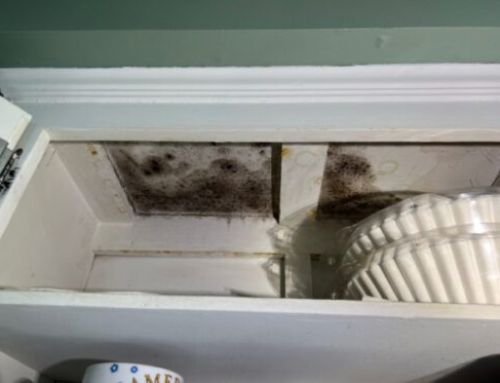When people call to ask about mold testing, it’s surprising how many people don’t really think about the daily exposure to mold. Every time we open our doors, drive in our cars and sit at our desks, we are exposed to mold.
The geographical area determines the most common mold that will be found in or around your home. For example, what is common for Florida may not be so common for Illinois and vice versa. Even the common and not so common molds can become a problem in your home if they exceed the norm.
Understanding the Risks
Indoor air quality tests should determine several things. First, it should identify all molds detected in the air. Next, it should determine the mold count, and finally, if remediation is necessary.
Mold count is based on the measurement of the number of mold spores in a cubic meter of the air. The higher the count, the greater the chance that people will experience symptoms when they are exposed.
Below are a few of the most common molds and how they can affect your home:
Alternaria
Wallboard paper backing, wood, other various cellulose-containing materials. Commonly found in settled dust and as normal settled spores on carpets, drapes, textiles, etc.
Cladosporium
The most common spore type reported in the air worldwide. Found on dead and dying plant litter and soil. Commonly found on wood and wallboard. Also grows on window sills textiles and foods.
Penicillium
Normally found in the air in small amounts. Grows on nearly everything, wetted wall board wood, food, leather etc. Most common culprit of fruit fuzz.
Smuts, myxomycetes
A slime mold that is found especially on logs, grasses and weeds. Smuts don’t normally grow indoors, but can occasionally be found on things brought from outside and stored in the house.
So, when do everyday “good” molds, such as these, become bad?
There are several issues that promote mold growth within you home; moisture being the key factor. Leaks, high humidity or condensation are the perfect beds for mold to nestle into for growth. And because mold is an airborne spore, it can really travel around your home to find the right space.
Fighting the Good Fight
Maintaining proper humidity in a home can be achieved with a few DIY tricks, including:
- Dehumidifier
- Vent Fans
- Fans
- Cleaning
A dehumidifier is an electrical appliance that reduces and maintains the level of humidity by extracting water from the air. Ideal for basements and homes in a high humidity atmosphere.
A vent fan will provide proper airflow within a space reducing the level of humidity. If you don’t have one in your bathroom or kitchen, it would be a good idea to install one. Be sure to vent it outside the home so it doesn’t place moisture into your attic.
A fan will increase the airflow in a larger room and works in conjunction with dehumidifiers to ensure proper humidity levels.
Frequent cleaning, dusting and vacuuming with a HEPA filter can help to trap mold and foil in their plans for moving about the home. There are both natural remedies and cleaning products that can further reduce.
If you or someone in your family is experiencing cold or allergy-like symptoms, such as coughing, runny nose, itchy eyes, for an extended period of time, it is best that you have a mold test performed to see if there could potentially be a good mold that has gone bad.



